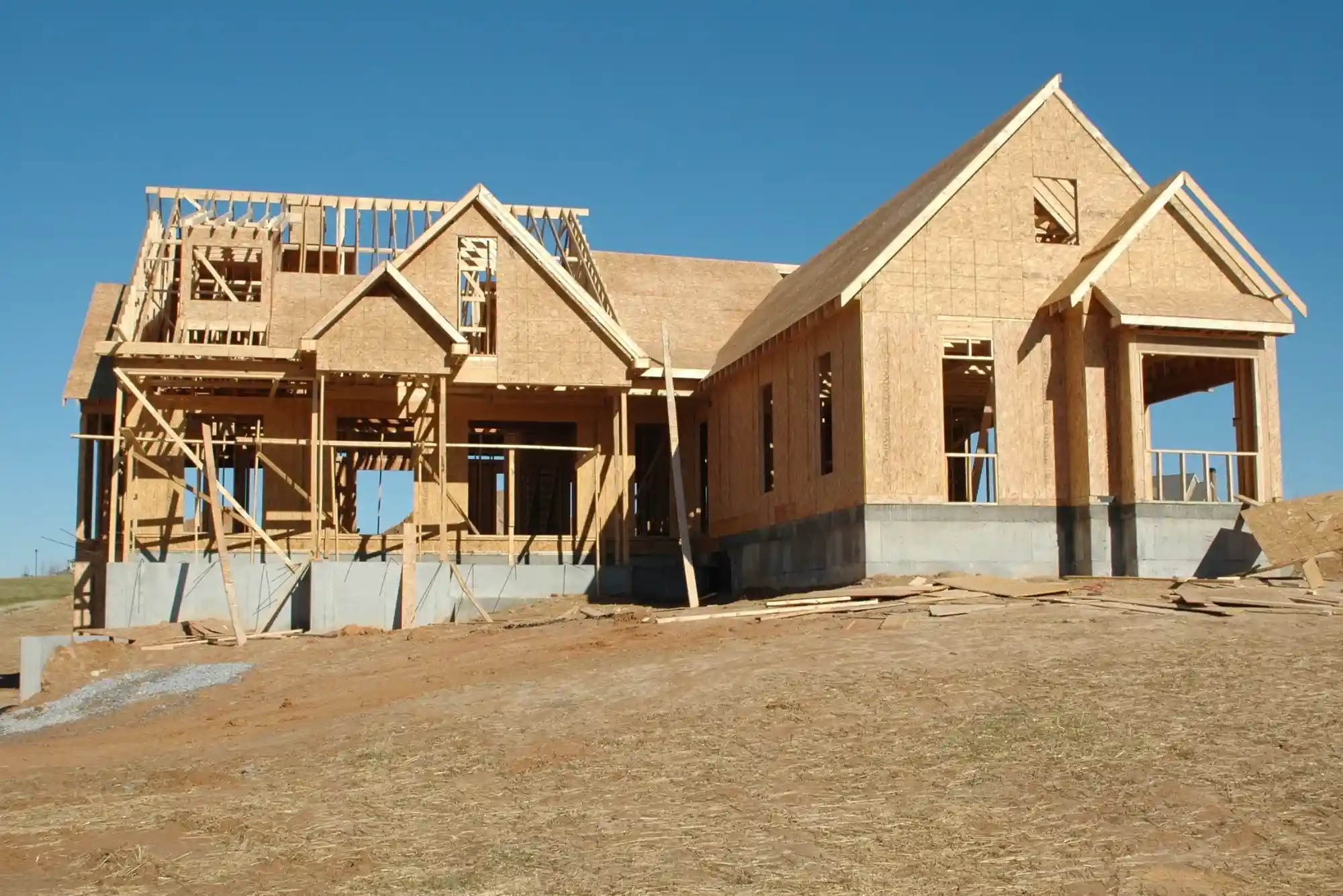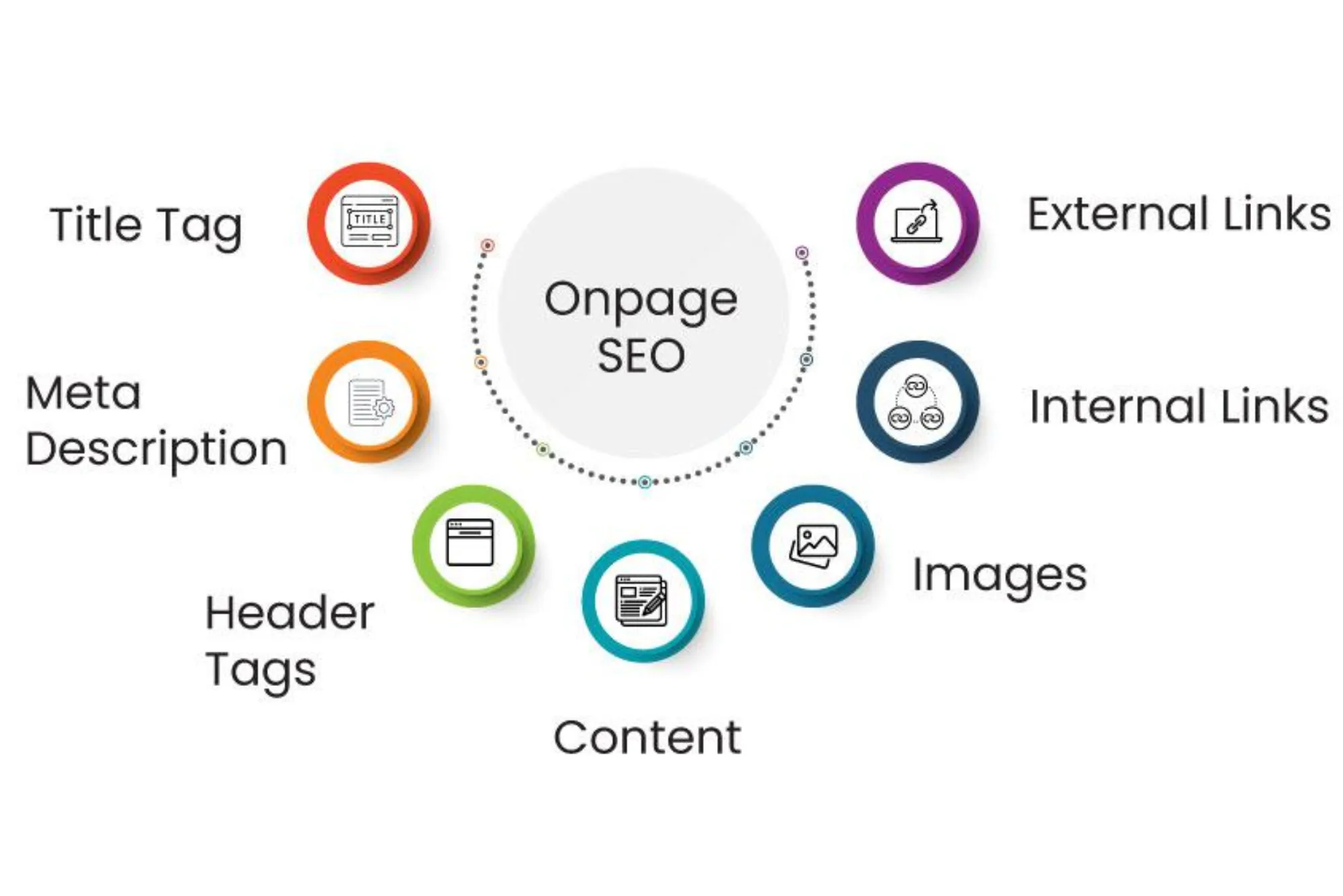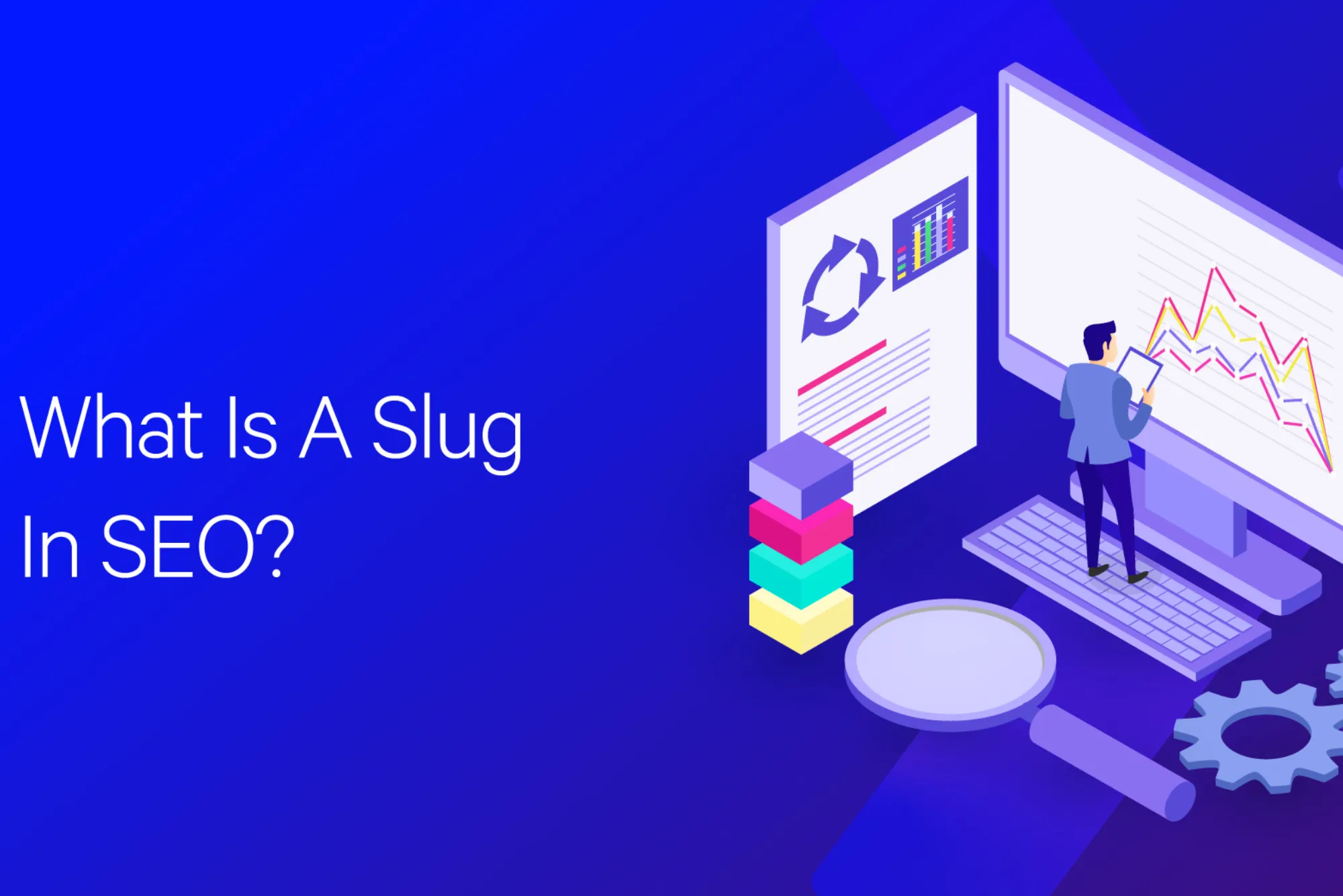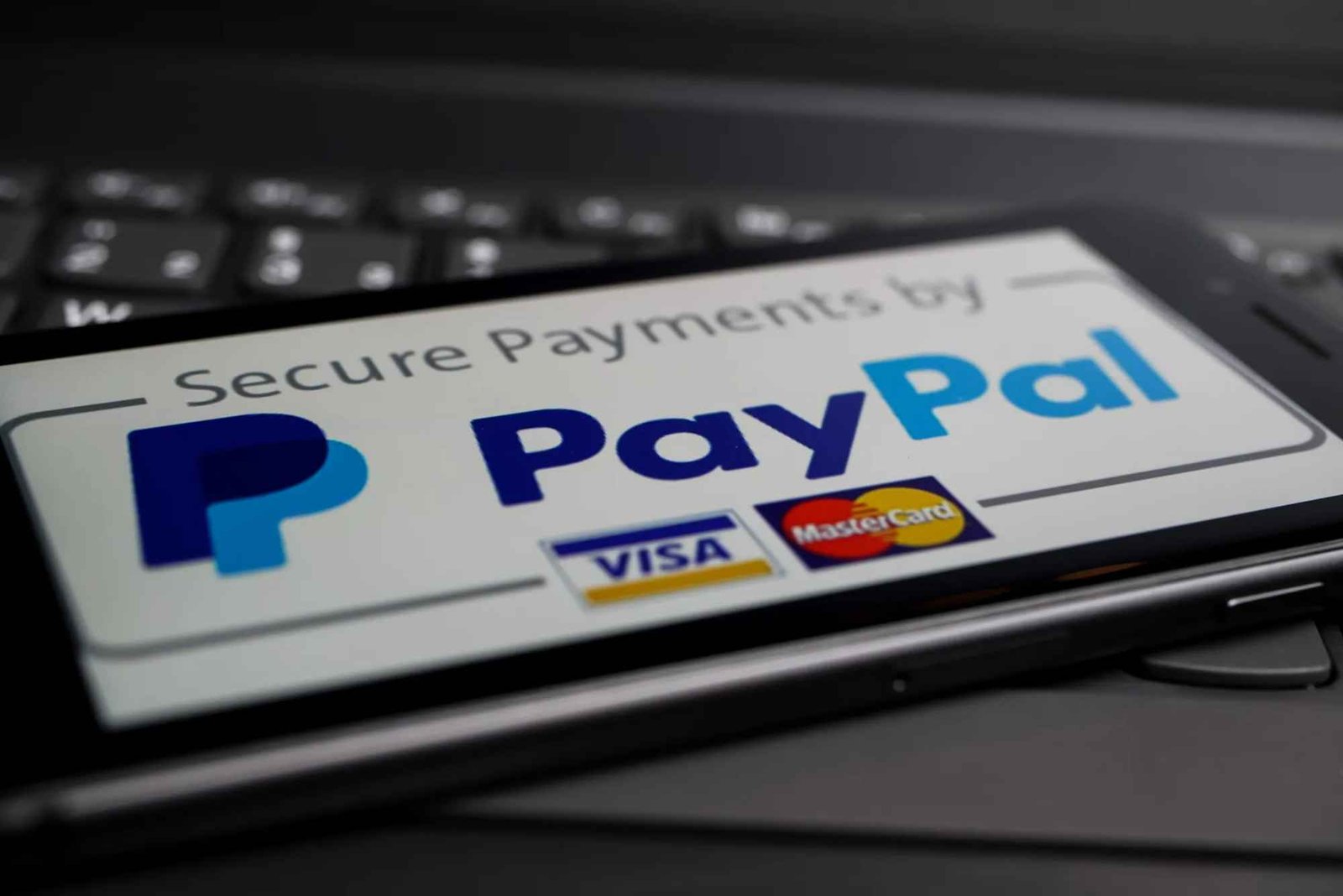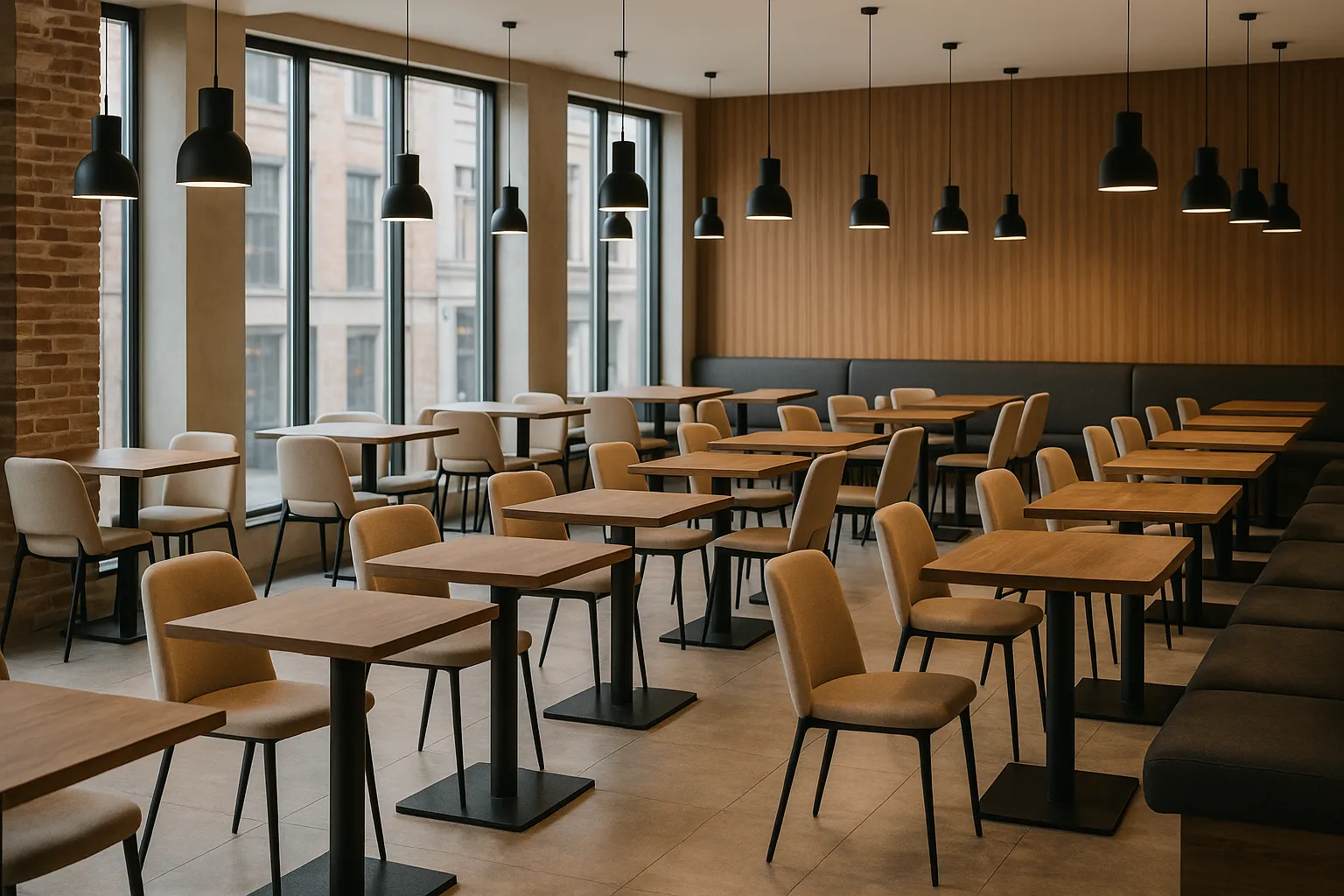Building your dream home is a thrilling endeavor, but financing the construction and eventual move-in can feel overwhelming. Fortunately, a construction-to-permanent loan offers a streamlined solution. This unique financing option provides funding for both the building process and the long-term mortgage, combining two loans into one convenient package. In this article, we’ll break down exactly what a construction-to-permanent loan is, how it works, and whether it might be the right option for you.
Understanding the Basics of a Construction-to-Permanent Loan
A construction-to-permanent loan, sometimes called a single-close loan, is a two-in-one financing tool. It covers the cost of building your home and automatically converts into a traditional mortgage once the construction is complete. This type of loan eliminates the need for two separate closings—one for construction and another for the permanent mortgage—saving you time, stress, and money.
This kind of loan is especially appealing for individuals or families who want to build a custom home but prefer the simplicity of one application process and consistent terms.
How Does a Construction-to-Permanent Loan Work?
Here’s how the process typically unfolds:
- Loan Approval: You work with a lender to get pre-approved for a construction-to-permanent loan. The lender will evaluate your credit, income, down payment, and project plans.
- Construction Phase: Funds are disbursed in stages, called “draws,” as construction milestones are completed. During this period, you usually make interest-only payments.
- Transition to Permanent Loan: Once the home is complete, the loan transitions into a regular mortgage, and you start making principal and interest payments.
Key Advantages
- Single closing costs: You save on closing fees since you only go through the process once.
- Rate Locking: Some lenders allow you to lock in your mortgage rate before construction begins.
- Streamlined process: Managing one loan simplifies budgeting and documentation.
Key Considerations Before Applying
Before you commit to a construction-to-permanent loan, consider the following:
- Down Payment Requirements: These loans typically require a larger down payment than standard mortgages, often around 20%.
- Builder Approval: Lenders often have specific requirements for the builders they work with, so make sure your contractor is qualified.
- Interest Rates: During construction, you’ll likely pay a variable interest rate. Once the loan converts, the rate becomes fixed or adjustable based on your agreement.
How It Compares to Other Loan Types
Construction-Only Loan
This is a short-term loan used only during the building phase. After construction, you must secure a separate mortgage to pay off the construction loan, which involves another round of closing costs and approvals.
Traditional Mortgage
A traditional mortgage only applies to existing homes or completed new builds. If you haven’t yet built the home, this won’t be an option.
Who Should Consider a Construction-to-Permanent Loan?
This type of loan is ideal for:
- Individuals are building custom homes.
- Buyers who want to avoid multiple closings.
- Those who prefer a predictable, streamlined loan process.
If you’re looking at various financial tools to plan your build, understanding currency trends like the al fuad exchange rate could be useful—especially if your income or investments are in foreign currency. You can check the al fuad exchange rate to plan international transactions effectively.
The Role of Emirates NBD Mortgage in Construction Financing
When it comes to choosing the right lender, Emirates NBD mortgage options stand out in the UAE market. Their packages offer flexible repayment terms and are designed to cater to both UAE nationals and expatriates. Whether you’re looking to purchase a ready-built property or finance a custom build, their offerings can be tailored to meet your needs.
A key advantage of choosing an Emirates NBD mortgage is the personalized support throughout the construction-to-permanent process. From budgeting to final inspection, you’ll receive expert guidance every step of the way.
Qualifying for a Construction-to-Permanent Loan
The qualification process is slightly more complex than a standard mortgage, mainly due to the added risks of construction. Lenders will evaluate:
- Your credit score and history
- Debt-to-income ratio
- Construction plans and timelines
- The reputation and credentials of your builder
- Property appraisals and zoning regulations
In addition to these qualifications, being mindful of market indicators like the al fuad exchange rate can offer financial insights, especially if you are investing from abroad. Even slight changes in exchange rates can impact your overall construction budget.
Documentation You’ll Need
To apply for a construction-to-permanent loan, be prepared with the following:
- Detailed construction plans and blueprints
- Budget estimates and contractor bids
- Building permits and site surveys
- Proof of income and employment
- Personal identification and credit history
Common Pitfalls and How to Avoid Them
- Inadequate Budgeting: Always include a buffer in your construction budget to account for unexpected costs.
- Unqualified Builders: Work only with licensed, insured, and lender-approved builders.
- Incomplete Plans: Ensure all construction documents are detailed and finalized before submitting them to your lender.
- Ignoring Currency Risks: Again, monitoring tools like the al fuad exchange rate can help if you’re handling international finances during the project.
Emirates NBD Mortgage: A Solid Choice for Homebuilders
The reputation and reliability of your lender matter greatly. With Emirates NBD mortgage services, borrowers can expect a high level of customization, clear communication, and competitive rates. Whether you are a first-time builder or a seasoned property investor, this bank offers a well-rounded suite of products to support your financial goals.
And don’t forget: their mortgage experts can help assess whether a construction-to-permanent loan is right for you, or if another financing method better suits your long-term plans.
Final Thoughts
A construction-to-permanent loan is an excellent option for those looking to simplify the process of building and financing a new home. With one loan, one set of closing costs, and a seamless transition from construction to permanent mortgage, this option provides flexibility and efficiency. For international investors, factors like the al fuad exchange rate can influence timing and budgeting, while local institutions such as Emirates NBD mortgage programs can make the process smoother and more secure.


